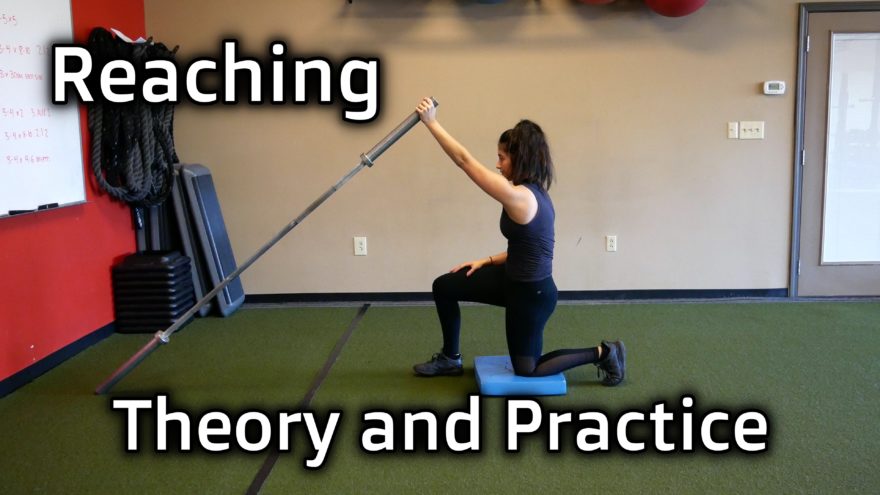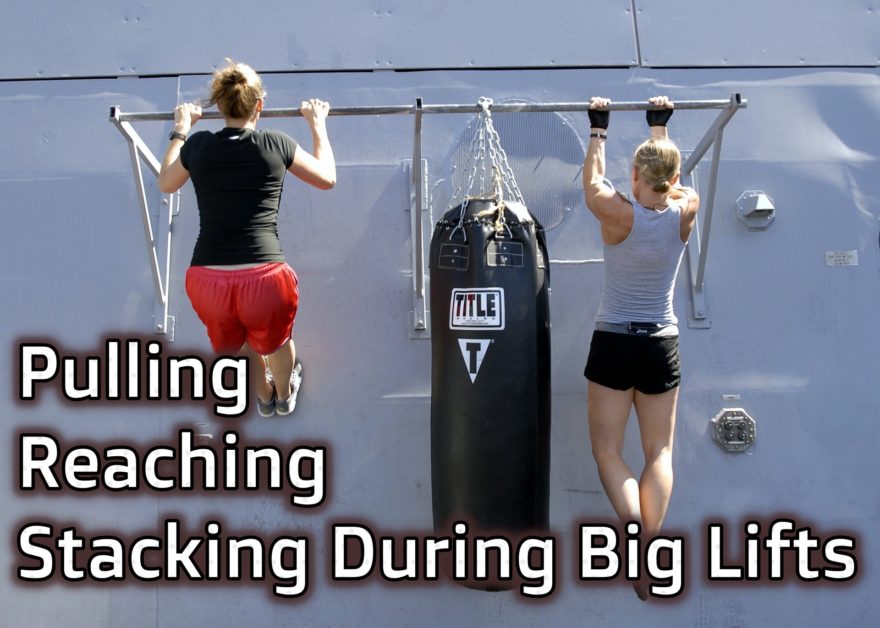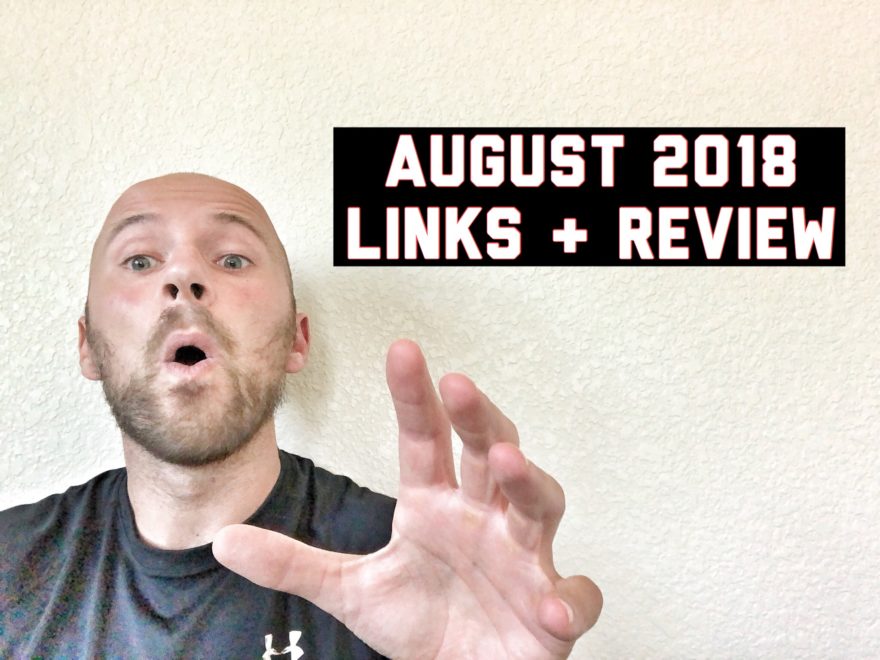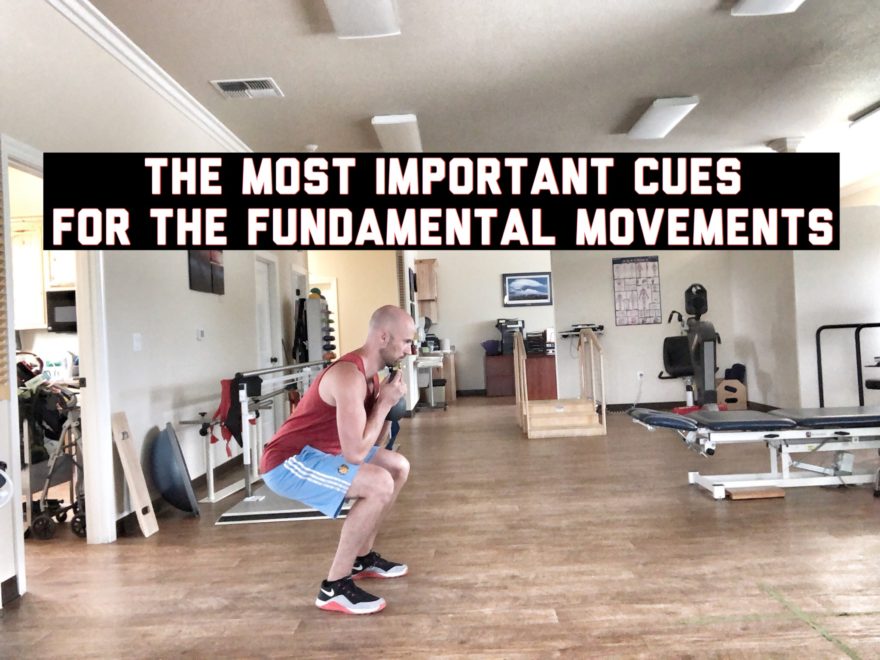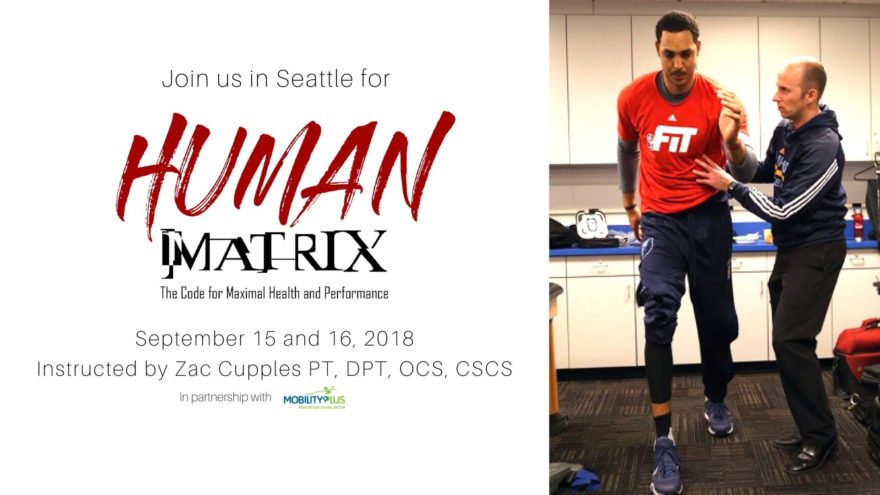Learn how reaching and improve upper body mobility Movement Debrief Episode 116 is in the books. Below is a copy of the video for your viewing pleasure, and audio if you can’t stand looking at me. Here is the setlist: How does airflow change at various reaching angles? How does airflow change with trunk rotation? What is the scapular orientation during shoulder extension? How does one with a posterior thorax tilt present? How do different carry variations impact airflow? How does forearm supination and pronation impact reaching? How can we sequence carries in a manner that allows for maximal airflow expansion? How can you tell if someone is using a compensatory strategy when they are lifting weights?
Read More